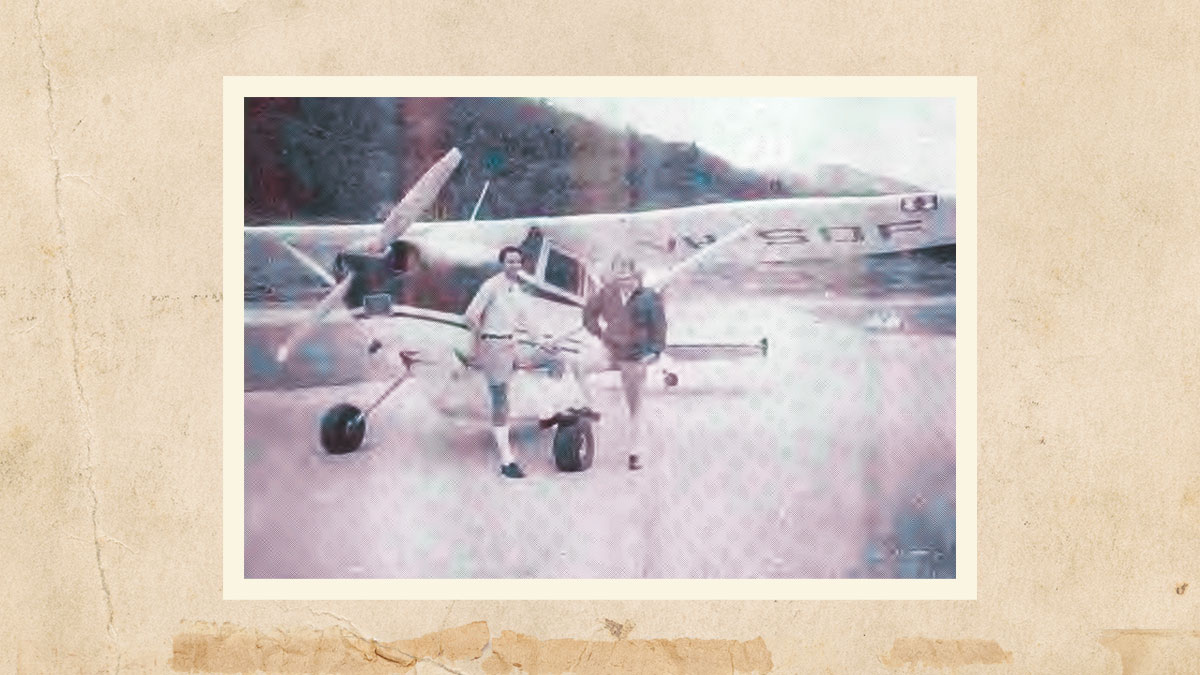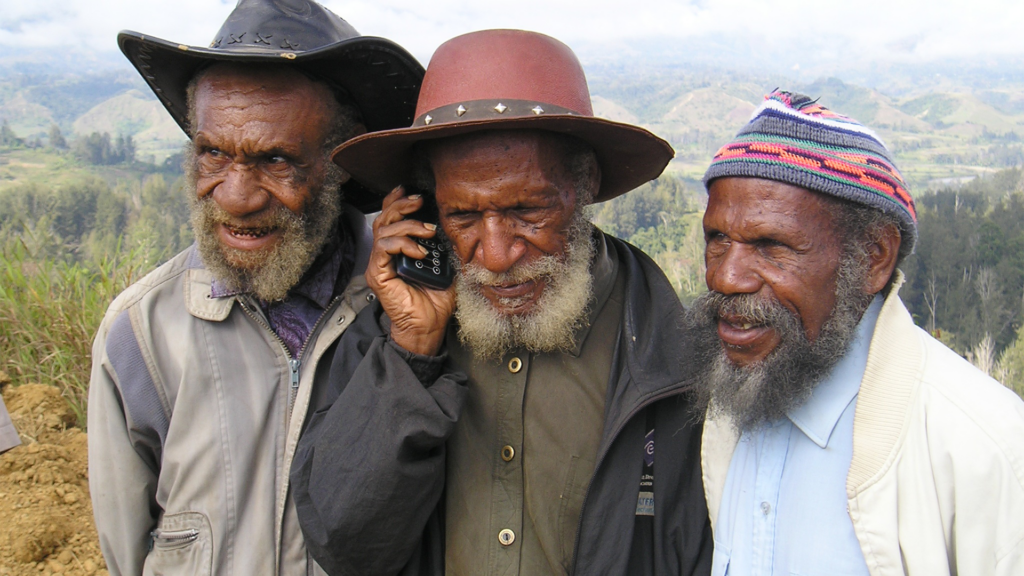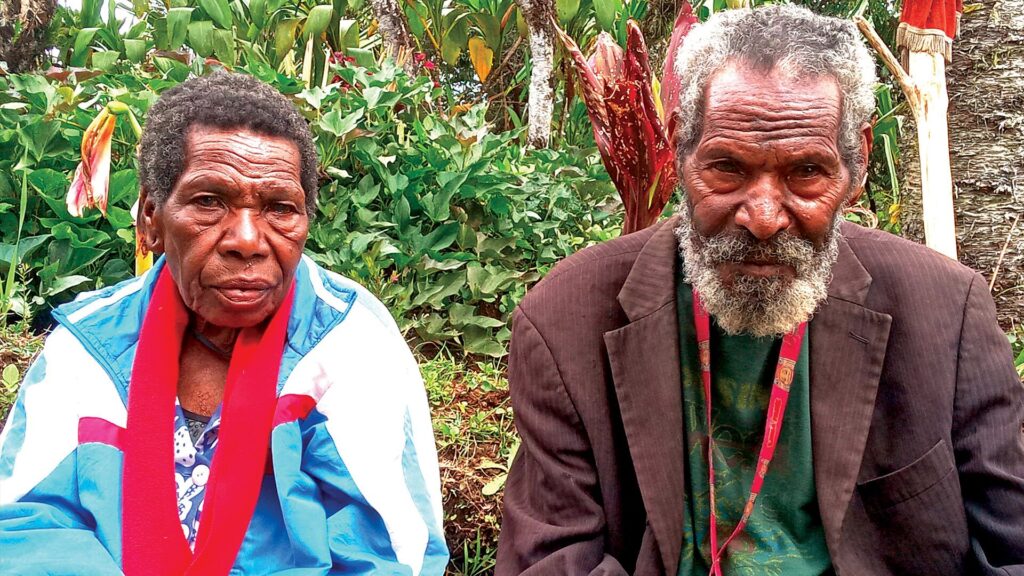Sandra stood on the runway at Laiagam, Papua New Guinea, wondering why no-one was moving. Their missionary plane, a Cessna 185, was due to leave very soon, and the sun was about to set; people should have been hurrying to prepare the plane for take-off!
Then the words “medical emergency” caught her ear. . . There had been a medical emergency at Laiagam Government Hospital that day, and they desperately needed a plane for patient transport to the Sopas Adventist Hospital. The Laiagam Government Hospital was familiar with the mission plane’s flight schedule and knew that the plane would be leaving soon. The hospital had urgently requested to use their plane to transport the patient.
There was a tense energy in the air as Sandra watched the hospital truck bounce down the road towards the airfield, stopping near the plane. “A worried doctor jumped out and some doctor-boys carefully lifted a stretcher out of the back of the truck. On it was a dying man. The doctor said he was literally bleeding to death,” said Sandra Roberts, the missionary wife at the scene (Australasian Record, September 30, 1974).
Everyone was curious to know what the urgent medical case commandeering their plane was, but once the man emerged from the truck, no-one dared ask. The man on the stretcher was almost unconscious, and moaning. Blood was streaming out of his nose and had been running down into his lungs, causing a gurgling noise as he tried to breathe. He was almost drowning despite the tube down his nose working to pump the blood out of his lungs.
The missionaries rushed to take the seat out of the back of the plane in order to lay the man down on the floor. Pastor Bruce Roberts, Sandra’s husband, did his routine checks for take-off and sent up an earnest prayer for the man inside before flying the man to Wabag to be taken to Sopas. The doctor had told them that the man was bleeding to death, and they were losing the battle to save the man’s life—perhaps at Sopas Adventist Hospital he would be in more capable hands with better equipment.
During the flight, the patient continued to gurgle as blood streamed from his nasal cavities. When the gurgling would stop, Pastor Roberts would turn around from the cockpit to check if the man was still alive. On several occasions, he thought the patient had died. But God had other plans.
When the plane arrived at Wabag, it was clear the patient was in no condition to be taken to Sopas. Pastor Roberts providentially saw a friend sitting on his motorbike and shouted at him to quickly get a doctor. The patient was quickly taken to the Wabag Hospital for emergency treatment.
“A few minutes later, on the theatre table, it happened! . . There was no pulse. The patient’s heart had stopped beating and he was no longer breathing” (Australasian Record, September 30, 1974). The doctor began pounding on his chest to start his heart again, and it worked. The doctor had brought the man back from the brink of death. But the ordeal was not over yet—he still had to travel across 10 kilometres of rough mountainous road to Sopas Adventist Hospital for the desperately needed medical care.
When the patient was well enough to travel, he was finally taken to Sopas Adventist Hospital, diagnosed with a haemorrhage from the nose, and treated for the issue which had nearly killed him.
Speaking of the dramatic experience, Sandra wrote, “How glad we were that the mission plane just happened to be at Laiagam when this man needed help. It was only a coincidence that it was there just at that moment—or was it?” (Australasian Record, September 30, 1974).






